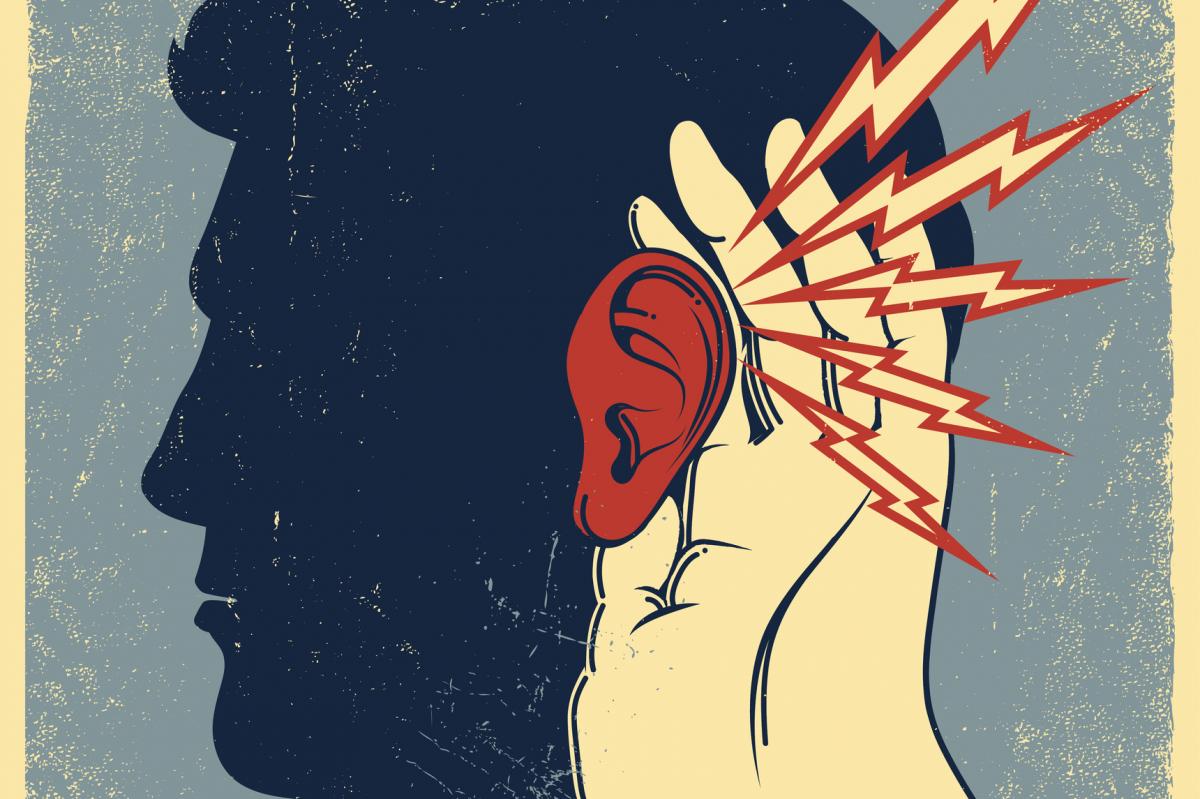[Two Cents] Listening out for bias: The Laurel vs. Yanny debate
The Two Cents column sees HRM Magazine’s Kelvin Ong offer his “#NoFilter” take on the latest HR and business happenings from around the world.

“Yanny” and “Laurel”. These two words had the world divided last month, after an audio clip first shared on Reddit made its rounds on social media.
Those who heard “Yanny” could not fathom why others heard “Laurel”, and vice versa. Some super humans among us were able to identify both. This was basically #DressGate all over again (I saw a black and blue dress for that one.)
What do you hear?! Yanny or Laurel pic.twitter.com/jvHhCbMc8I
— Cloe Feldman (@CloeCouture) May 15, 2018
For approximately one and a half days, I too found myself listening to the clip over and over again in a desperate attempt to hear “Laurel”. But for the life of me, soft or loud, slow or fast, all I could make out was a word that sounded like “Granny”.
The correct answer, according to the internet, is Laurel. The original clip had supposedly been posted on vocabulary.com under that title.
Unsatisfied and still in disbelief that I was “wrong”, I began to look for answers as to why there was such a stark contrast in our auditory receptors.
My search led me to an article that I feel best explains this frustrating phenomenon. Some people hear “Yanny” because they are more sensitive to higher frequency sounds, while those who hear “Laurel” are more sensitive to lower frequencies.
Apparently then, I have the hearing of a dog.
But no matter what you heard, there seems to be a deeper message here, and it has nothing to do with sound waves. Indeed, this Yanny-Laurel divide brings up a bigger question about cognitive bias.
Why did so many of us react as strongly as we did to those who had a different perception than us? On Twitter, users were getting into huge rows over the matter.
The fact that people were unable to see (or in this case, hear) the same thing shows just how biased the human mind is once it’s been made up, or once it believes it is right. Individuals become unable to see the flaws in their own thinking and judgement.
As it’s often said, perception is reality, and this seems to be the case here. For HR, this information is gold.
Closely related to cognitive bias is unconscious bias, a condition in which individuals inherently lean towards one viewpoint over another.
In an organisational setting, unconscious bias can be harmful for businesses, as countless research has shown. A manager who exhibits unconscious bias, for example, is more likely to promote someone they prefer over someone who actually deserves the promotion. This could end up driving top talent away.
When this pattern is repeated across an organisation, it also inhibits thought diversity, a key ingredient for any business to succeed in this modern age.
To combat this, many HR departments I’ve spoken to have in place some form of unconscious bias training as part of their employee development programmes.
Unconscious bias training makes employees aware of their implicit biases, and provides tools to adjust automatic patterns of thinking, ultimately eliminating discriminatory behaviours.
The saga has only served to reinforce the need for HR to get involved with cognitive training. HR should consider facilitating regular training forums instead of a mere one-off session. It is also a timely reminder to everyone that diversity and inclusion should not be taken for granted, and is always a work in progress.
Even as individuals have become more sensitive to other cultures and beliefs in our increasingly connected world, just knowing that we have a tendency to be biased can help us become more tolerant of different opinions.
As a society, or as an organisation, that’s really all we can ask for.



